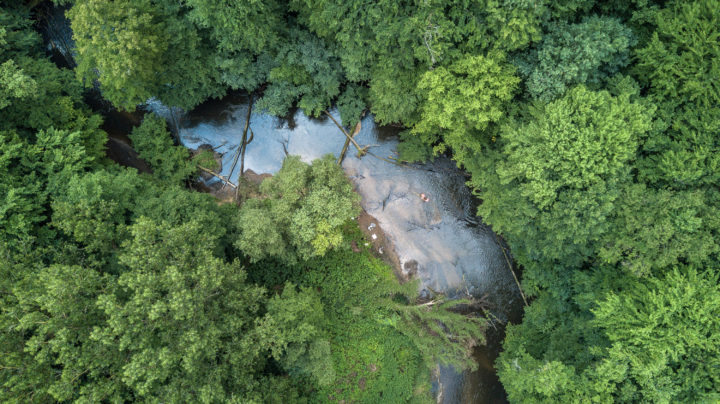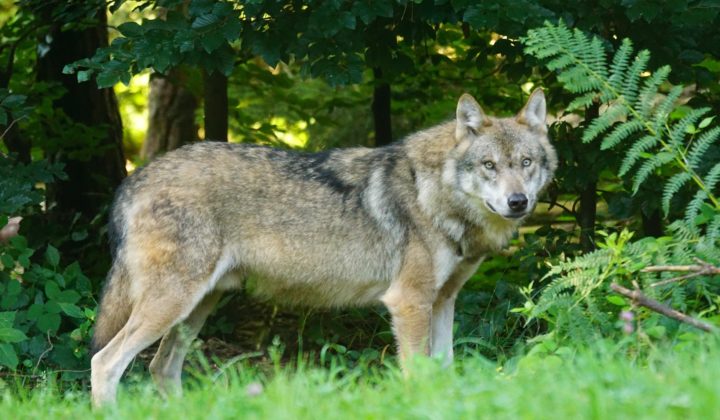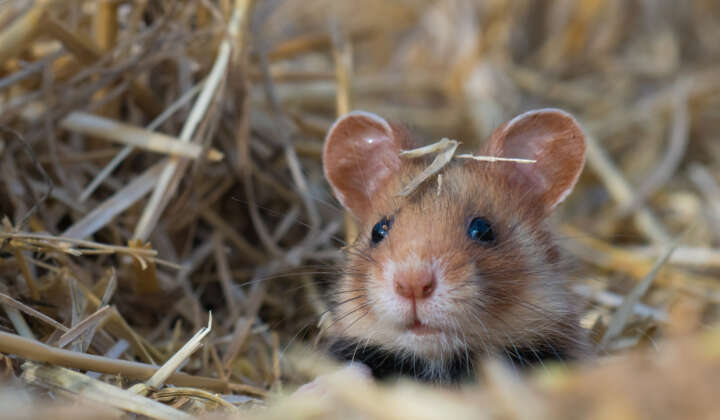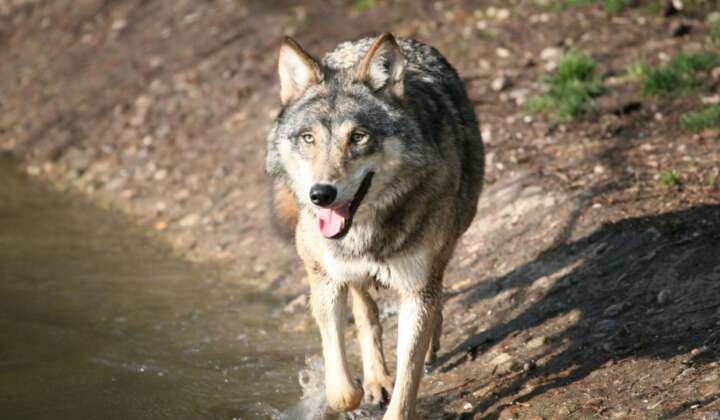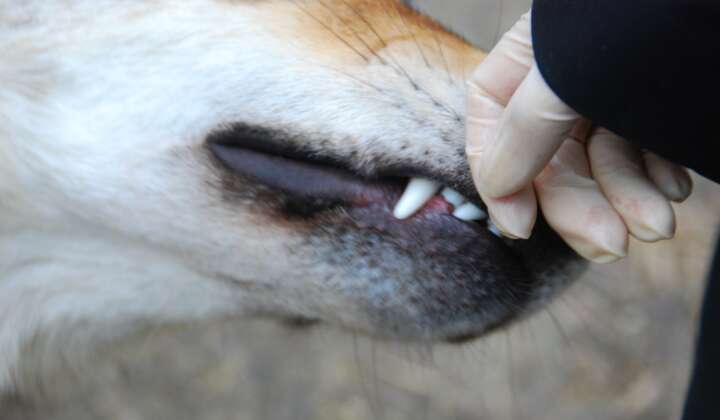Center for Wildlife Genetics
Services
Our laboratory focuses on contamination-sensitive environmental samples with low DNA content. We extract DNA from faeces, hair, saliva residues on carcasses and other environmental samples containing DNA. Additionally, we also provide services for tissue and blood.
Our methods include various molecular genetic analysis techniques for differentiation of individuals and populations. Further, degrees of genetic diversity, inbreeding, and relationships can be determined.
Overview of analyses:
- Extraction of DNA from diverse material
- Analyses of mitochondrial sequence variation (haplotypes) for species and population determination
- Microsatellite analyses for differentiation of individuals, populations, and species as well as detection of relationships and degrees of hybridization
- SNP-Genotyping for differentiation of individuals and populations and for accurate determination of hybridization in wolves and wildcats
For most native mammals mitochondrial species diagnostics are suitable. Microsatellite analysis is possible for the following species: beaver, European bison, European hamster, European otter, garden dormouse, golden jackal, hazel dormouse, lynx, red deer, wildcat, and wolf. Furthermore, we utilize specific SNP-chips (based on a fluidigm-platform) for wildcat, wolve, garden dormouse and some more species.
Senckenberg – Leibniz Institution for Biodiversity and Earth System Research is primarily committed to research. Hence, we offer our services primarily for research purposes and under the scope of monitoring and species conservation projects of public authorities. Inquiries from private persons, veterinarians etc. can only be treated by arrangement in exceptional cases.
For more information about assignment of samples and contact details click here.

